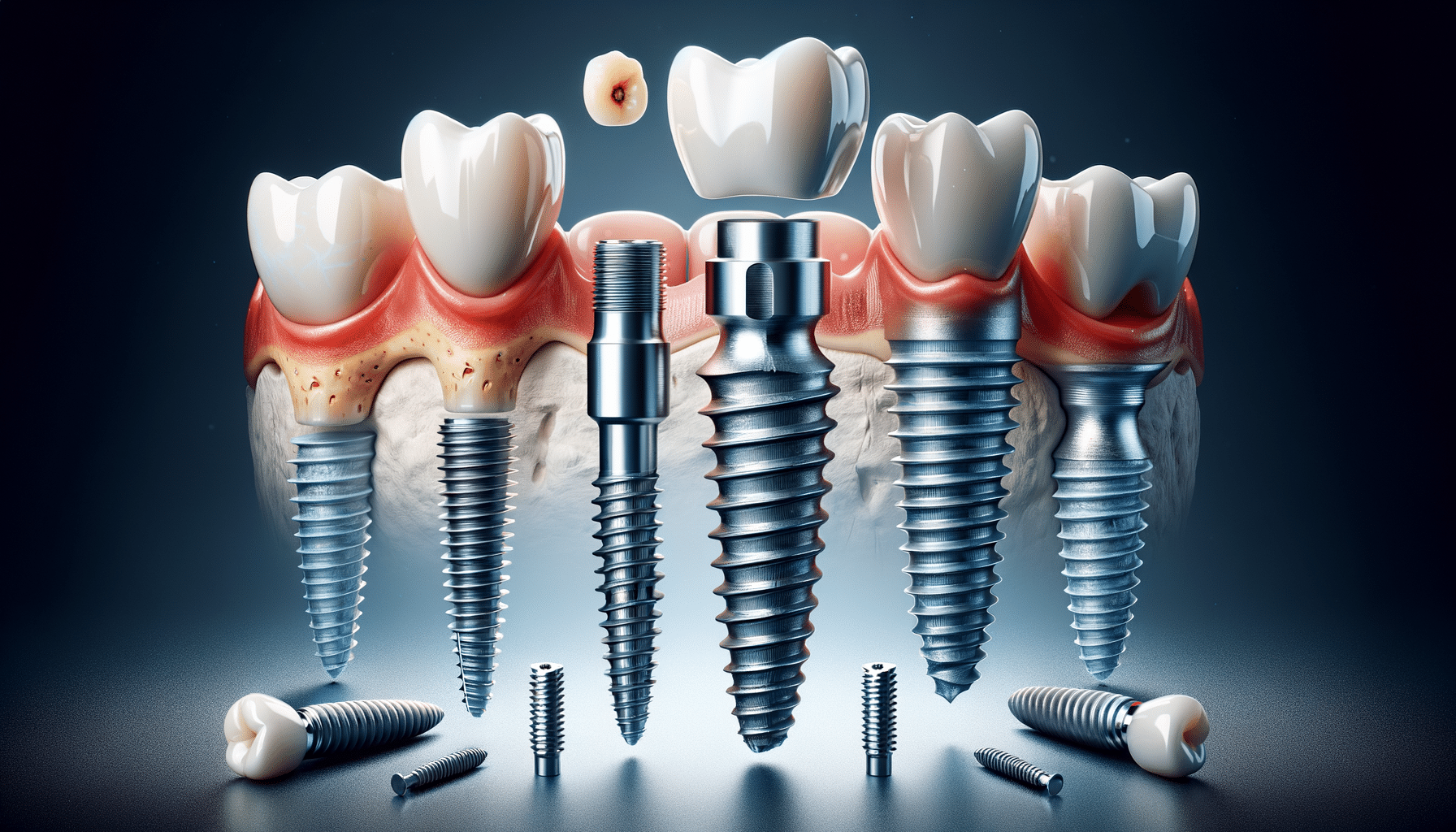Exploring Dental Implants: A Comprehensive Guide to Modern Tooth Replacement
Dental implants offer a reliable solution for those seeking to replace missing teeth with durable and natural-looking alternatives.

Understanding Dental Implants: An Overview
Dental implants have revolutionized the way we approach tooth replacement. Unlike dentures or bridges, implants offer a permanent solution that mimics the look and function of natural teeth. They consist of a titanium post surgically placed into the jawbone, which acts as a root for the artificial tooth. This method not only provides stability but also prevents bone loss, a common issue with missing teeth. The process of getting an implant involves several stages, including consultation, surgery, healing, and the final placement of the crown. The success rate of dental implants is high, with studies showing a success rate of up to 98% when performed by experienced professionals.
The Benefits of Choosing Dental Implants
There are numerous advantages to choosing dental implants over other tooth replacement options. Firstly, they offer superior durability and can last a lifetime with proper care. Secondly, they provide a natural appearance and feel, allowing individuals to speak and eat with confidence. Additionally, implants help preserve facial structure by preventing bone deterioration. They do not require the alteration of adjacent teeth, unlike bridges, which often necessitate grinding down healthy teeth. Furthermore, dental implants eliminate the discomfort and inconvenience associated with removable dentures, offering a more comfortable and stable solution.
Comparing Dental Implants to Other Tooth Replacement Options
When considering tooth replacement options, it’s important to weigh the pros and cons of each. Traditional dentures, for example, are less expensive upfront but may require frequent adjustments and can be uncomfortable over time. Bridges, on the other hand, offer a fixed solution but can compromise the health of adjacent teeth. Dental implants, though initially more costly, provide long-term benefits that often outweigh the initial investment. They require less maintenance and are less likely to need replacement, making them a cost-effective solution in the long run. Additionally, implants stimulate the jawbone, preventing bone loss and maintaining facial integrity.
The Dental Implant Procedure: What to Expect
Understanding the dental implant procedure can help alleviate concerns and prepare patients for what to expect. The process begins with a thorough examination and consultation to determine if the patient is a suitable candidate. This includes assessing bone density and overall oral health. Once approved, the implant is surgically placed into the jawbone, followed by a healing period of several months to allow for osseointegration, where the bone fuses with the implant. After healing, an abutment is placed to connect the implant to the crown. Finally, a custom-made crown is attached, completing the restoration. Patients can expect some discomfort after surgery, but this is typically manageable with medication and subsides within a few days.
Maintaining Your Dental Implants for Long-Term Success
Proper care and maintenance are crucial for the longevity of dental implants. Like natural teeth, implants require regular brushing and flossing to prevent plaque buildup and gum disease. Routine dental check-ups are essential to monitor the health of the implants and surrounding tissues. It’s also important to avoid habits that could damage the implants, such as smoking or using teeth as tools. With diligent care, dental implants can provide a lifetime of function and aesthetics, making them a worthwhile investment for those seeking a permanent tooth replacement solution.